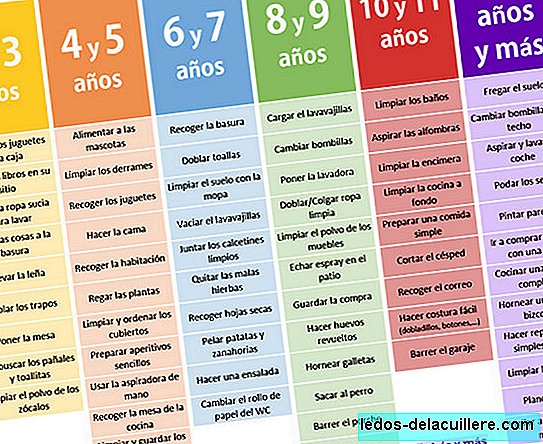
It is not a distant problem nor does it affect few people. The figures are shocking. In the world, according to UNICEF data, every five minutes a child dies as a result of violence, one in four suffers physical abuse and throughout his life one in five girls is sexually abused at least once.
The World Health Organization (WHO) and its partners have recently presented the renewal of INSPIRE: seven strategies to reduce violence against children, measures that have already been put to the test and demonstrated their effectiveness, so that through their implementation the tremendous figures with which we have initiated these lines could be radically reduced.
In the last year, up to one billion children have suffered physical, sexual or psychological violence, a violence that takes many forms but is often invisible.
The seven strategies that the INSPIRE initiative highlights They are as follows:
Application and control of compliance with laws: such as those that limit young people's access to firearms and other types of weapons (South Africa) and those that penalize the imposition of violent punishment of children by parents (many European countries ).
Norms and values: modification of beliefs and behaviors regarding gender roles.
Safe environments: adoption of measures to eliminate conflictive places and improvement of the built environment, for example housing.
Support for parents and caregivers: for example by providing training in parenting.
Economic and income reinforcement: including microfinance, along with training on gender norms.
Response and support services: as treatment programs for juvenile offenders.
Education and training in life skills: for example, establishing a safe school environment and improving the life and social skills of children.
This set of strategies has been developed in collaboration with the Centers for Disease Control and Prevention of the United States, UNICEF, End Violence Against Children, the Pan American Health Organization, the World Bank ...
Now it remains to be seen whether governments, institutions, United Nations agencies, civil society, the private sector, researchers ... join forces to articulate solutions so that one of the Sustainable Development Goals is met, "end abuse, exploitation, trafficking and all forms of violence and torture against children".
And it is that this violence has many consequences for children, not only death but serious consequences that last in their health for life: injuries, communicable and non-communicable diseases, mental health problems such as depression, anxiety, post-traumatic stress syndrome ...
Health, legal and social services are the most affected in all countries by the consequences of child abuse, and are usually the most committed in the fight against it.
The first step is in the family, in our responsibility as parents, in respect and love for our children and in attention to other modes of violence that do not come from the nearby family nucleus. Unfortunately, many children do not have that primary support, so the involvement of the whole society is necessary.











